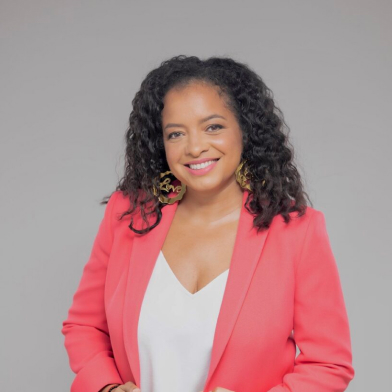What Does DEI Look Like in Practice? 10 Real-World Examples

Workplace diversity, equity, and inclusion (DEI) has become a strategic priority for leading organizations globally. While most agree on its importance, many companies still struggle to move from good intentions to meaningful impact.
Through our work guiding organizations on their DEI journeys, we’ve created strategies that transform workplace cultures into ones where every employee feels welcomed, valued, and empowered to succeed. Real change requires more than just statements – it means backing words with impactful, organization-wide actions.
Let’s explore some leading examples that demonstrate what effective DEI looks like in practice.
1. Leadership Commitment Sets the Foundation
Lasting change starts at the top. Employees take cues from leadership, so visible advocacy from executives and management is key. Support for DEI efforts builds trust in leadership’s commitment.
Signing on as an executive sponsor to Employee Resource Groups, for example, signals that this is a priority issue. Leaders can also normalize important conversations on topics like discrimination through hosting town halls and roundtable discussions.
2. Unbiased Hiring and Recruiting
Bringing diverse talent into an organization expands perspectives, drives innovation, and positions teams to better serve diverse customer bases.
Companies can mitigate bias with structured and disciplined recruiting processes. Additionally, hiring managers should be encouraged to stretch beyond their normal networks to find new talent pools.
3. Employee Resource Groups (ERGs)
Employee Resource Groups (ERGs) bring employees with common backgrounds or interests together, acting as support systems, community hubs, and advisors on issues impacting them. Allowing groups to manage their own programming and budgets empowers them to meet member’s needs.
Leading companies formally integrate ERG representatives into critical processes, like HR policy reviews. Engaging with them on their expertise and lived experience can benefit both employees and customers.
4. DEI Training Across All Levels
One-time unconscious bias seminars rarely lead to breakthroughs without broader culture change. Ongoing training integrated into company practices can help make considerations around bias and inclusion instinctive.
Managers should participate in immersive workshops focused on leading inclusively, handling difficult situations, and advocating for people from underrepresented groups. Such programs build a shared language and toolset that supports organization-wide culture change.
5. Transparent Diversity Metrics and Goals
Tracking DEI-related metrics shows where companies are making progress or falling behind.
Leaders who openly share this data signal that this work is central to company values, not just a checkbox. Setting incremental yearly DEI-related goals and then resourcing teams to hit them keeps focus and urgency high.
6. Equitable Family Leave Policies
Building an equitable workplace starts with something all employees need – time off when illness or family needs arise. Gender-neutral family leave policies, where fathers and mothers receive equal time, help combat motherhood bias in hiring and promotions.
7. Accommodating Religious Holidays
An inclusive culture respects all religious beliefs and observances employees may have. Teams avoid scheduling important meetings or events on those days. Even small accommodations like calendar awareness and flexible remote work options demonstrate that employees are valued for who they are.
8. Fostering Community Partnerships
Companies advancing DEI goals also recognize a responsibility to the communities they operate in. Partnering with local organizations builds bonds between companies and community members.
This can include supporting mentorship programs, STEM education, cultural festivals, and more – it’s about understanding specific needs and then mobilizing company resources to help.
9. Closing Pay Gaps Through Compensation Review
Pay gaps persist, between genders and races. Conducting pay equity analyses – then making appropriate adjustments – is one way companies ensure compensation doesn’t disadvantage employees based on gender or other attributes unrelated to performance.
Once identified, wage gaps can be remedied through appropriate pay level adjustments and policy changes. This prevents further accumulation of unfair pay differences over time. Ongoing compensation audits and corrective measures convert good intentions around equal pay into measurable results.
10. Continually Evaluating Efforts
Meaningful culture change doesn’t happen overnight. Regular surveys to understand employee experience across different demographics help spot potential gaps. Adding tailored DEI questions to engagement surveys or pulse checks better assesses the actual workplace experience of historically marginalized groups.
Continuous listening should drive strategy iterations and investment prioritization in DEI programming. Even leading companies have room for improvement – complacency is the enemy of building truly inclusive cultures poised for the future.
Ready to Accelerate Your DEI Journey?
While realizing workplace equity remains an aspirational goal, organizations demonstrating earnest commitment through visible action inspire us. As DEI consultants who’ve walked alongside numerous organizations, we’re here to consult and equip companies ready to do this critical work.
Contact us to start a conversation around how your company can turn aspiration into action.
